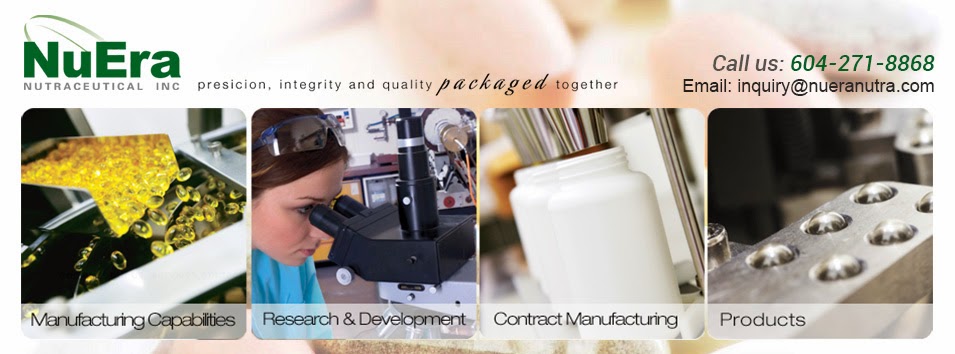Simplicity and convenience have made tablets a popular choice in medicine. One of the major benefits of compressing powder into solid doses as tablets is in measuring the dosage of active ingredients accurately. Another benefit lies in the ability to shield unstable ingredients or mask those compositions having unpleasant taste. On the other hand, capsule packaging by experts further enhances the protection while enhancing the shelf life requirements.
Tablet manufacturing has been a pharmaceutical revolution. Its process starts with measuring and mixing the active ingredient and excipients; the latter helps in masking the bitter flavors while controlling the dosage. Then, the manufacturers would prepare the wet granulate using liquid binder-adhesive, create pellets and granules, dry them and finally pass them through a screen for uniformity in their size.
The experts’ capsule packaging is the final process before dispatch. They would use unit dose packaging through a solution such as blister packs that are created through thermoforming or cold forming. This gives the products a well-rounded finish. Capsule packaging uses three main materials, namely, Polyvinyl Chloride (PVC), Polychlorotrifluoro ethylene (PCTFE) and Cyclic olefin copolymers (COC).
Contract manufacturing has also made pharmaceutical production and distribution more effective and reliable. The gist lies in the improvement of medicinal quality and ease of use.

No comments:
Post a Comment